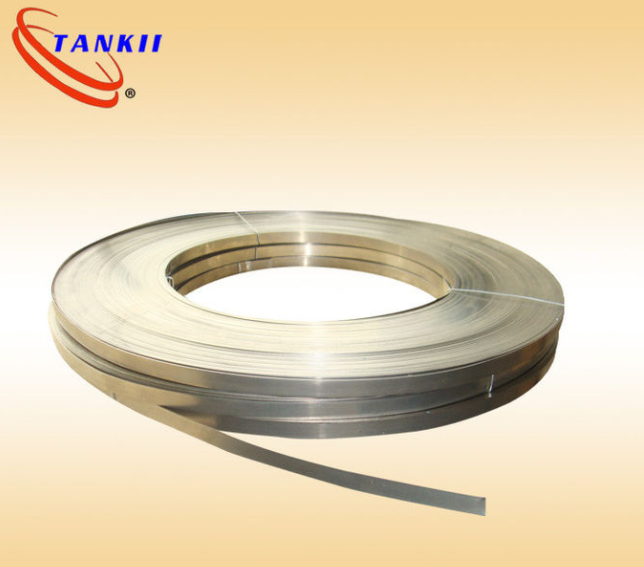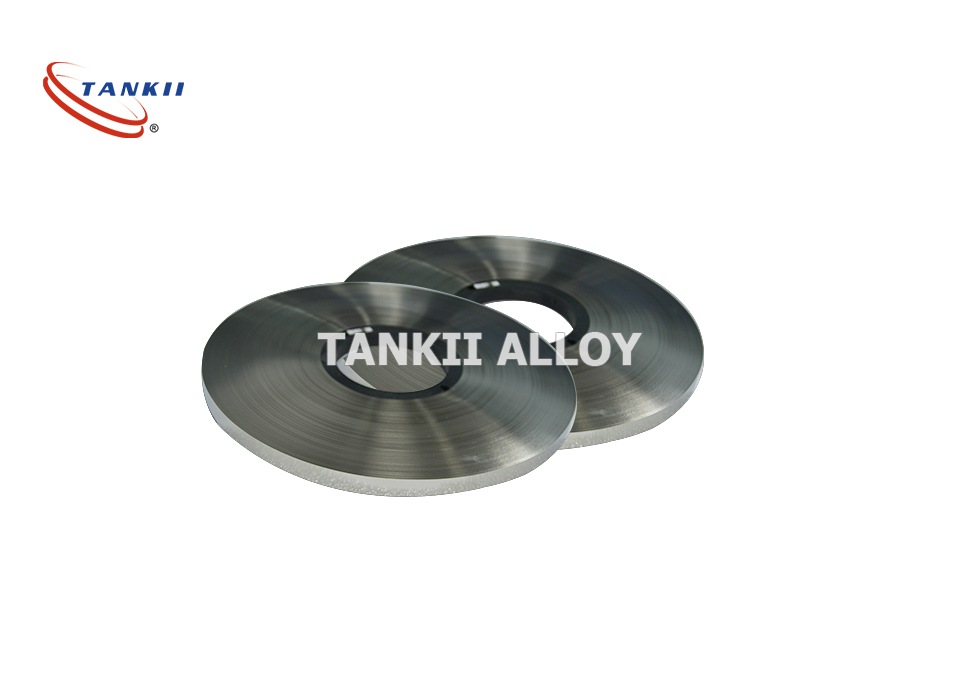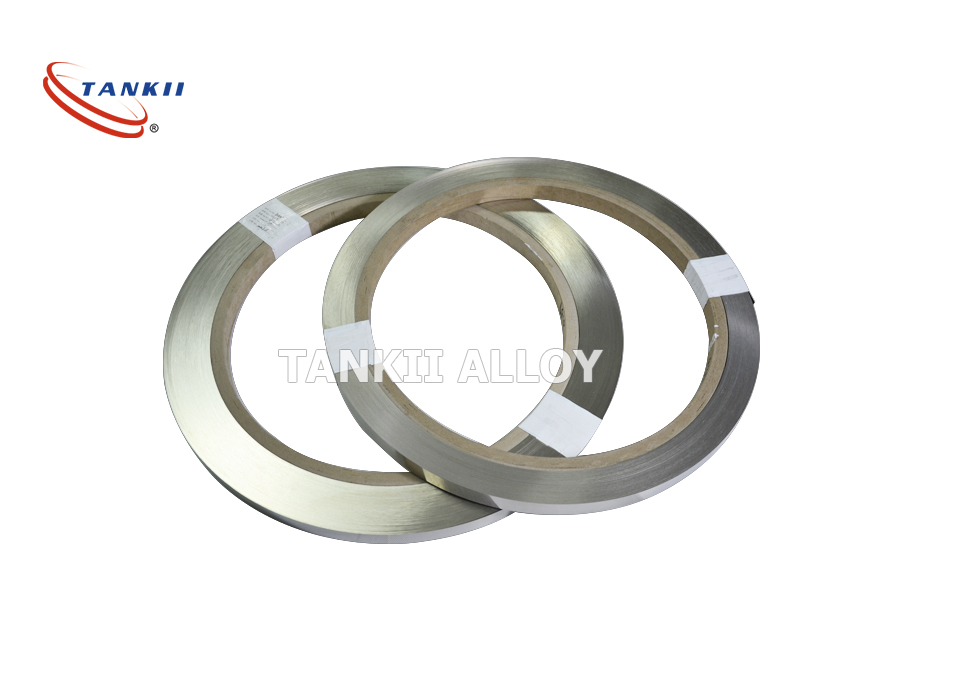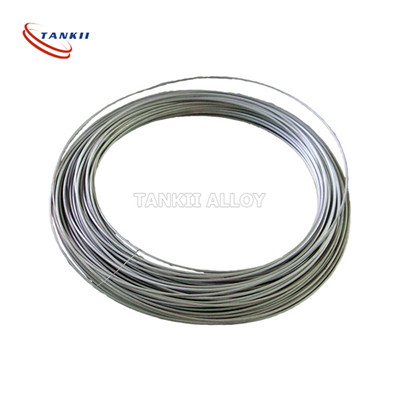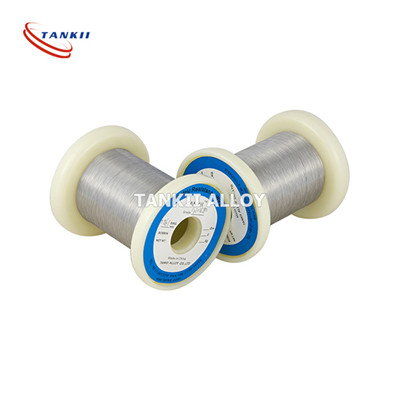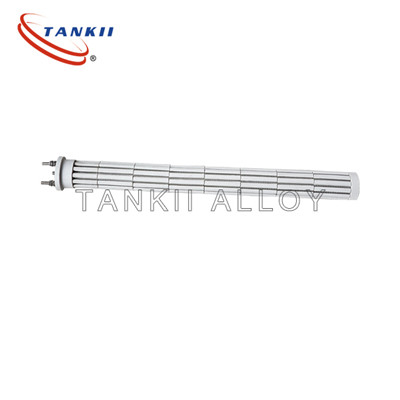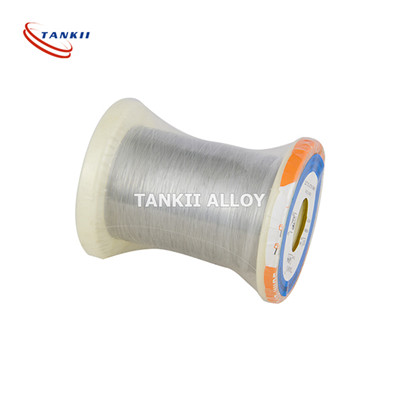High reputation Alloy 875 - 1Cr13Al4 Bright Flat Strip 5 – 310mm Width FeCrAl Alloy wire – TANKII
High reputation Alloy 875 - 1Cr13Al4 Bright Flat Strip 5 – 310mm Width FeCrAl Alloy wire – TANKII Detail:
Application Area: It is widely used in industrial furnace, household appliances, industry furnace, metallurgy, machinery, aircraft, automotive, military and other industries producing heating elements and resistance elements.
Resistors embedded in a printed wiring board will be an enabler for miniaturizing packages with higher reliability and improved electrical performance. Integrating the resistor functionality into the laminate substrate frees up the PWB surface area consumed by discrete components, enabling increased device functionality by the placement of more active components. Nickel-chromium alloys possess high electrical resistivity, which make them practical for use in a variety of applications. Nickel and chromium are alloyed with silicon and aluminum to improve temperature stability and lower the thermal coefficient of resistance. A thin film resistive layer based on nickel-chromium alloys has been deposited continuously onto rolls of copper foil to create a material for embedded resistor applications. The thin film resistive layer sandwiched between copper and laminate can be selectively etched to form discrete resistors. The chemicals for etching are common in PWB production processes. By controlling the thickness of the alloys, sheet resistance values from 25 to 250 ohm/sq. are obtained. This paper will compare two nickel-chromium materials in their etching methodologies, uniformity, power handling, thermal performance, adhesion and etching resolution.
| Brand name | 1Cr13Al4 | 0Cr25Al5 | 0Cr21Al6 | 0Cr23Al5 | 0Cr21Al4 | 0Cr21Al6Nb | 0Cr27Al7Mo2 | |
| Main chemical composition% | Cr | 12.0-15.0 | 23.0-26.0 | 19.0-22.0 | 22.5-24.5 | 18.0-21.0 | 21.0-23.0 | 26.5-27.8 |
| Al | 4.0-6.0 | 4.5-6.5 | 5.0-7.0 | 4.2-5.0 | 3.0-4.2 | 5.0-7.0 | 6.0-7.0 | |
| RE | opportune amount |
opportune amount |
opportune amount |
opportune amount |
opportune amount |
opportune amount |
opportune amount |
|
| Fe | Rest | Rest | Rest | Rest | Rest | Rest | Rest | |
| Nb0.5 | Mo1.8-2.2 | |||||||
| Max.continuous service temp.of element (ºC) |
950 | 1250 | 1250 | 1250 | 1100 | 1350 | 1400 | |
| Resistivity μΩ.m,20ºC |
1.25 | 1.42 | 1.42 | 1.35 | 1.23 | 1.45 | 1.53 | |
| Density (g/cm3 ) |
7.4 | 7.10 | 7.16 | 7.25 | 7.35 | 7.10 | 7.10 | |
| Thermal conductivity KJ/m.h.ºC |
52.7 | 46.1 | 63.2 | 60.2 | 46.9 | 46.1 | 45.2 | |
| Coefficient of lines expansion α×10-6/ºC |
15.4 | 16.0 | 14.7 | 15.0 | 13.5 | 16.0 | 16.0 | |
| Melting pointºC | 1450 | 1500 | 1500 | 1500 | 1500 | 1510 | 1520 | |
| Tensile strength Mpa |
580-680 | 630-780 | 630-780 | 630-780 | 600-700 | 650-800 | 680-830 | |
| Elongation at rupture % |
>16 | >12 | >12 | >12 | >12 | >12 | >10 | |
| Variation of area % |
65-75 | 60-75 | 65-75 | 65-75 | 65-75 | 65-75 | 65-75 | |
| Repeat bending frequency(F/R) |
>5 | >5 | >5 | >5 | >5 | >5 | >5 | |
| Hardness(H.B.) | 200-260 | 200-260 | 200-260 | 200-260 | 200-260 | 200-260 | 200-260 | |
| Micrographic structure |
Ferrite | Ferrite | Ferrite | Ferrite | Ferrite | Ferrite | Ferrite | |
| Magnetic properties |
Magnetic | Magnetic | Magnetic | Magnetic | Magnetic | Magnetic | Magnetic | |
Product detail pictures:
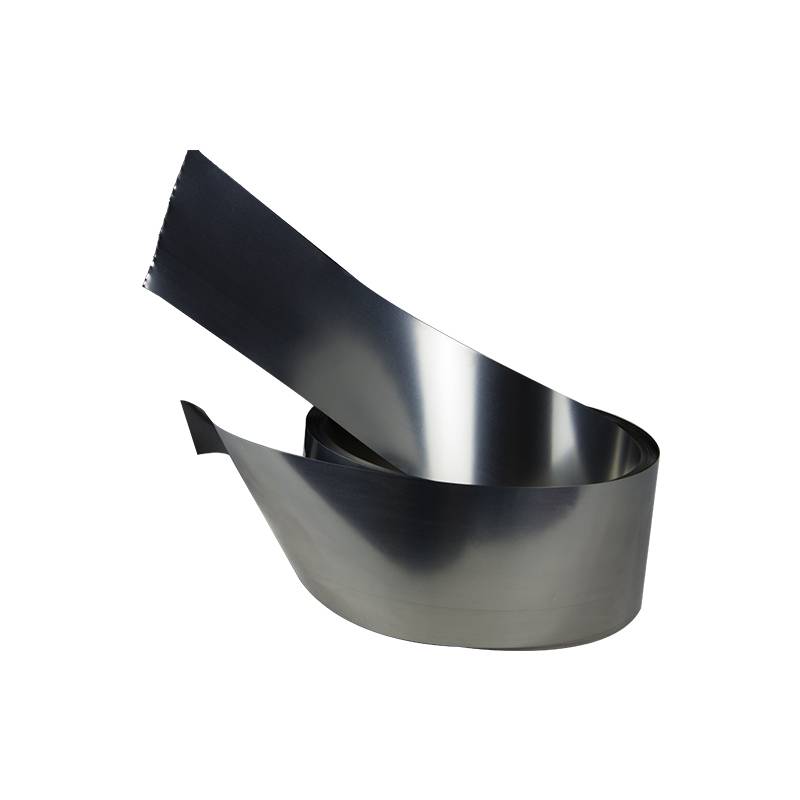



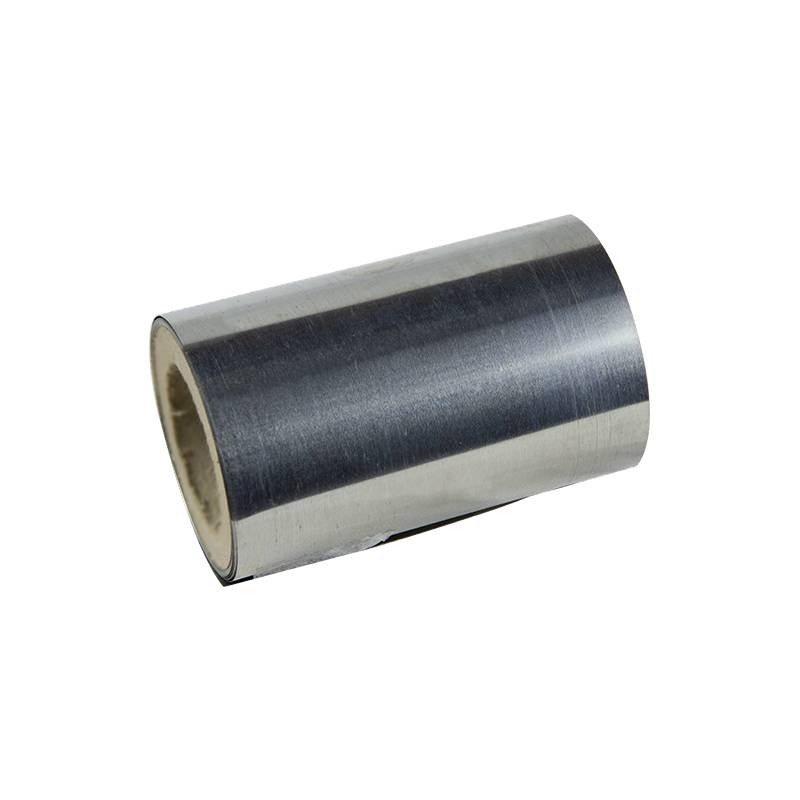
Related Product Guide:
To be the stage of realizing dreams of our employees! To build a happier, more united and more professional team! To reach a mutual benefit of our customers, suppliers, the society and ourselves for High reputation Alloy 875 - 1Cr13Al4 Bright Flat Strip 5 – 310mm Width FeCrAl Alloy wire – TANKII , The product will supply to all over the world, such as: Sri Lanka, Jordan, Plymouth, If you are for any reason unsure which product to select, do not hesitate to contact us and we will be delighted to advise and assist you. This way we will be providing you with all the knowledge needed to make the best choice. Our company strictly follows "Survive by good quality, Develop by keeping good credit. " operation policy. Welcome all the clients old and new to visit our company and talk about the business. We are looking for more and more customers to create the glorious future.
Goods just received, we are very satisfied, a very good supplier, hope to make persistent efforts to do better.





